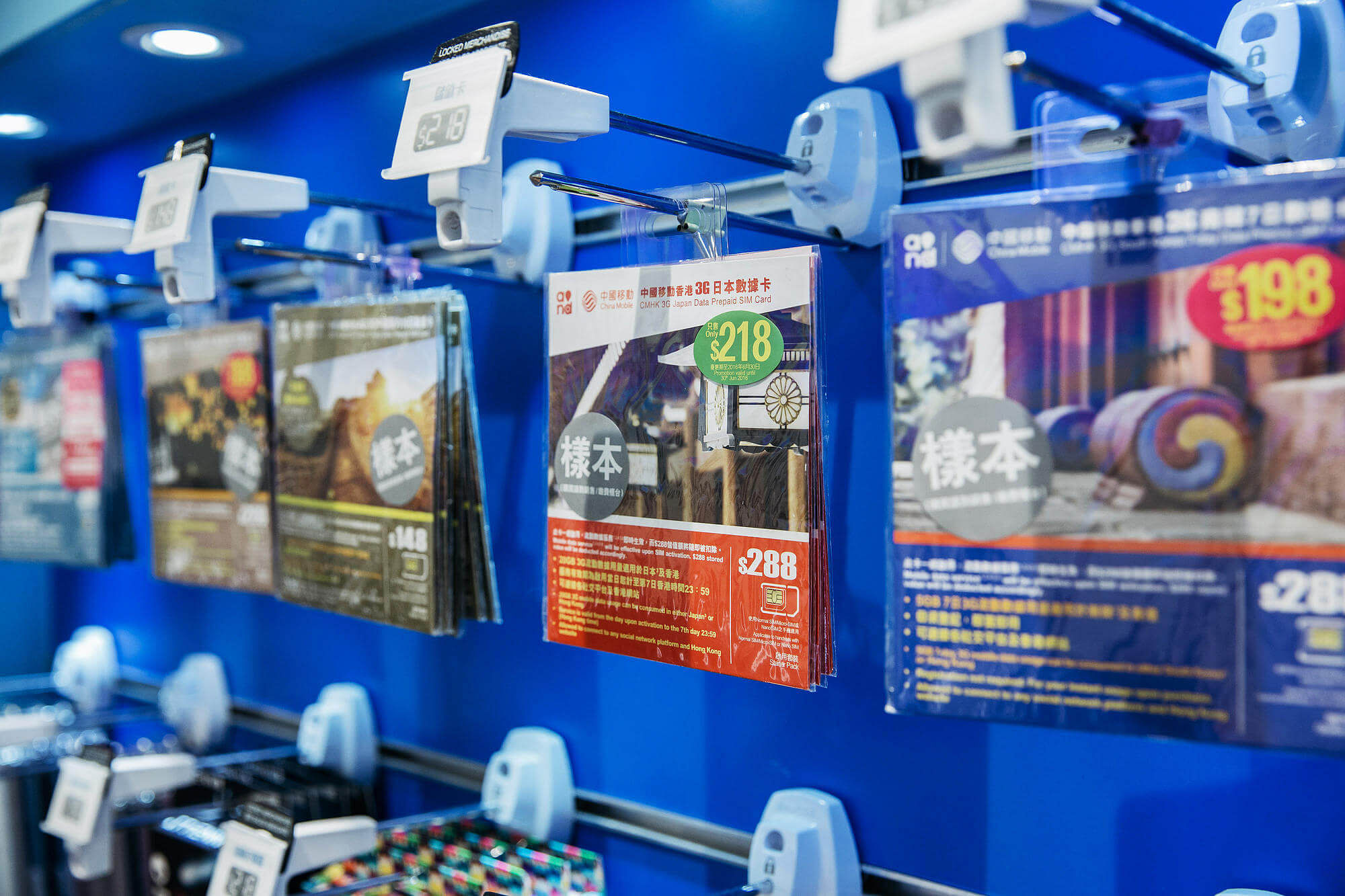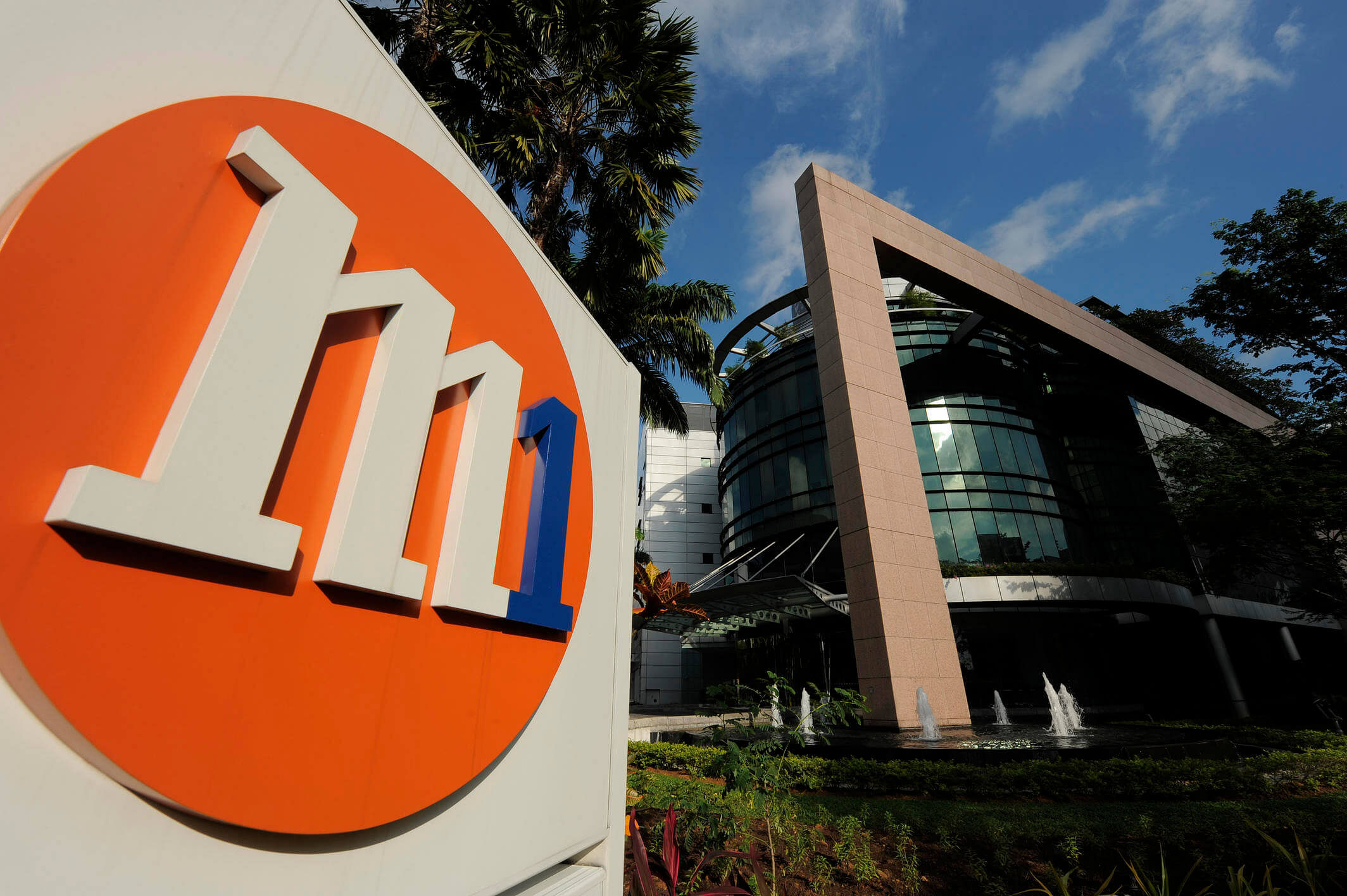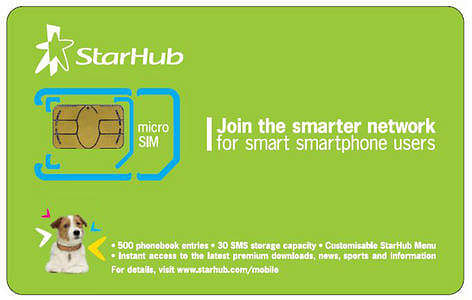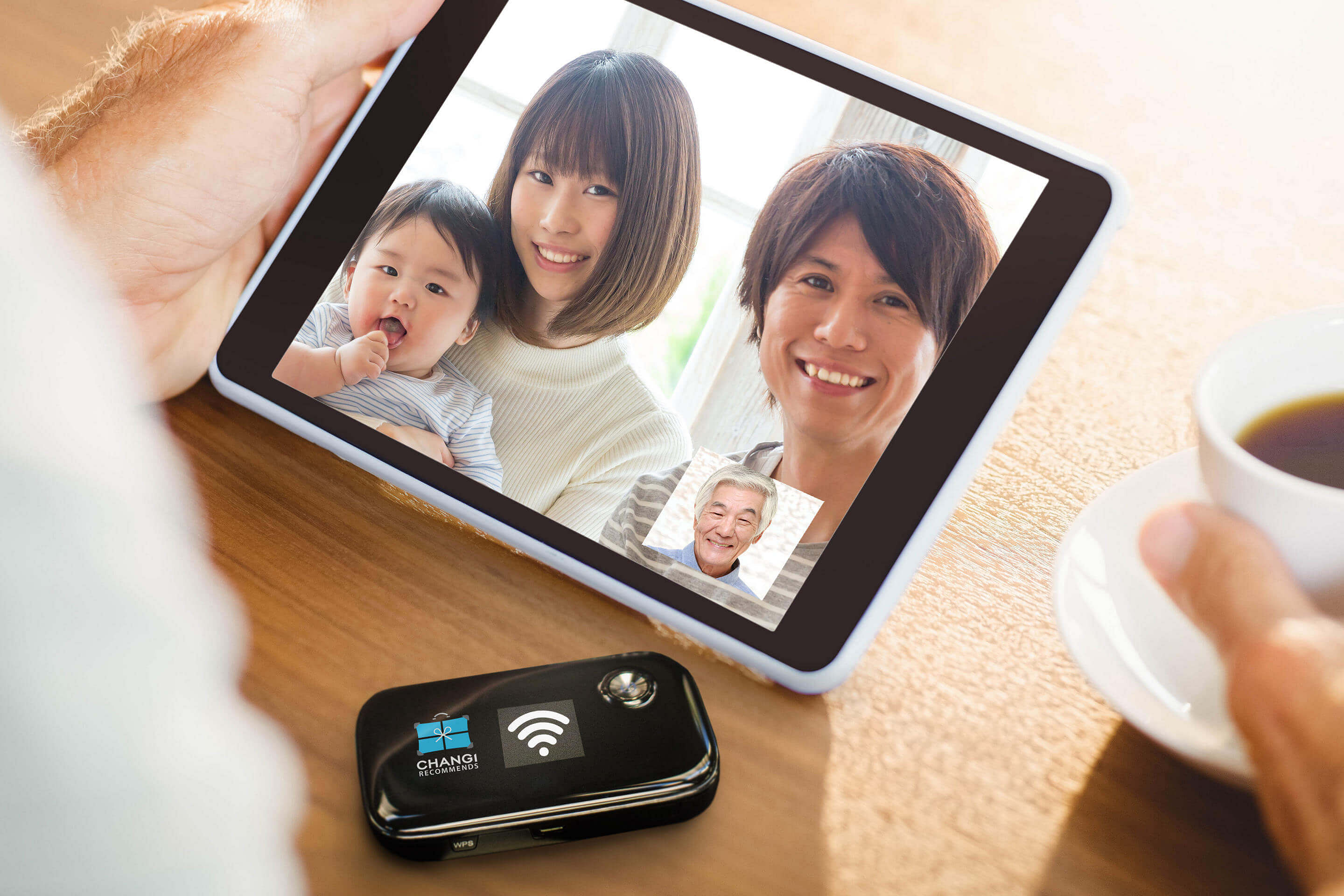An Internet connection today is as basic a need as air, food and water, especially a mobile data connection for Internet on-the-go.
And nowhere is a loss of data connectivity more keenly felt than when you're on vacation, with tons of exciting new photos and videos to share on social media.
Data roaming can be prohibitively expensive, and even the smallest bit of overseas data use can result in a huge bill shock upon your return.
However, there are ways to gain Internet access while overseas at affordable rates.
It ultimately boils down to two things: the telco you're on, and whether you want to swop your SIM card or carry around an external Wi-Fi device.
Here is a rundown on what you can do to stay connected, and not bust your budget, while you are on vacation.

Overseas pre-paid SIM card
The most obvious solution to data connectivity while travelling is to purchase a pre-paid SIM card from the country you're travelling in.
They are either limited by data consumption, number of days, or both. For instance, you can purchase a 1GB pre-paid SIM that is valid for a week.
The first thing to do is check if your phone uses a nano or micro SIM card. Most new smartphones use nano SIM, which are smaller than micro SIM cards.
You should be able to purchase SIM cards from most international airports. Some, like London's Heathrow airport, even sell them in vending machines.
Airport SIM cards can be marked up quite a bit though, especially in the United States. If you're venturing into town or a city, check their local telcos for better rates on pre-paid SIM cards.
You can also purchase them before your flight at Changi Airport. Changi Recommends sells overseas SIM cards that you can pop into your phone while on the plane so that you have data access the moment you land.
This is best for single-country visits. If you're doing a multi-country tour, though, you will have to purchase SIM cards at each country you visit.

M1
M1's Data Passport service lets users extend their local data use while overseas for a fee. For instance, customers on the mySIM 30 plan would be able to use their usual 6GB local data bundle overseas if they sign up for Data Passport.
This service has a $2 activation fee and starts from $10 a month per country. It is available in 46 different countries, including popular destinations like Australia, Hong Kong and the US. M1 also extended it to Brazil up till next month to coincide with the 2016 Rio Olympics.
M1's Network Lock feature means that users can only access data while they are roaming on partner networks. If they connect to a non-partner network, they will not be able to access data services, which prevents bill shock upon return as they will not be charged with data roaming on other networks.
Really heavy data users can sign up for unlimited data roaming which caps off at $15 per day in certain countries.

StarHub
StarHub postpaid customers have the option of signing up for the telco's DataRoam Daily Unlimited service, which costs $19 a day. This gives them unlimited data roaming on preferred partner networks in 56 countries.
The telco also has a RoamEasy Daily service for those who don't plan to use a lot of data. This costs $10 per 100MB for data roaming on any mobile network in 75 countries.
StarHub also offers a pre-paid option that's also open to non-StarHub customers. The Happy Roam SIM allows users to consume data in eight countries - Australia, Hong Kong, Indonesia, Malaysia, Taiwan, Thailand, the UK and the US - without incurring roaming charges.
This starts from $5 for 1GB for three days, and goes up to $20 for a 3.6GB bundle to be used within 30 days.
Frequent travellers can sign up for the RoamEasy Monthly plan. The RoamEasy 400MB costs $40 per month for 400MB of data use on any mobile network in 75 countries. There is also a 1GB option at $100 per month.

Singtel
Singtel customers have the most straightforward options for data roaming, if only because they have limited options for it.
Their daily unlimited plans, which range cost between $19 and $29 depending on the country, cover 110 locations globally.
If you require only small amounts of data, Singtel also offers roaming in 100MB increments, which cost $10. This is capped at a maximum of five increments pay day, and data is unlimited after the fifth one.
For short trips in the Asia-Pacific area, travellers can opt for the 30-day ReadyRoam plan, which gives 1GB of data use for $20.

Wi-Fi router
If you don't mind carrying around another device, or are travelling in a group, an increasingly popular option is to rent a Wi-Fi router from Changi Airport, which you collect at the start of your trip and return when you come back.
This small device, about the size of a small notebook, connects to the country's LTE or 3G network, and creates a Wi-Fi hotspot that users can hop onto to connect to the Internet.
These are available for most countries in Europe and Asia, as well as the US. Travellers can get unlimited data, but may experience slower surfing speeds in some countries after they exceed a certain amount of data.
This works best for large groups as the cost can be split among all travellers. Prices typically range between $12 and $25 per day, depending on the travel location. Current promotions until the end of August include $5 daily fee for Taiwan, $10 daily fee for Hong Kong and $12 for Europe.
If you're traveling in a group of four, that works out to only $3 per day for unlimited data.
The downside is that data is only available within range of the router, which is about 10m. So if the group splits up, some will have to forego Internet access, which can be troublesome if you rely on apps like WhatsApp or Line to communicate.
The router must also be charged, and battery life varies by location, from four to 15 hours.
It is best to reserve one at least three days in advance by going to the Changi Recommends site. You can also do so via phone, e-mail or WhatsApp.
Pick-up is done at any of the four Changi Recommends booths at the airport, which are open 24 hours. There are two booths in Terminal 1 and one each in Terminal 2 and 3.
Alternatively, you can purchase your own Wi-Fi routers, under the MiFi brand name, for your travels. These require you to insert your own SIM card - overseas or local - which it will use to create a mobile hotspot.
Huawei makes several versions of these MiFi routers, which retail at between $200 and $400.
This extra step and cost is worth it perhaps only for the traveller who flies frequently and always in groups, and to places for which Changi Recommends do not sell Wi-Fi routers.
Correction Note: This story has been edited to include M1's Network Lock feature, which allows users to access data only while they are roaming on partner networks.


